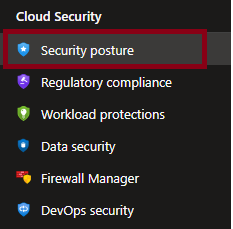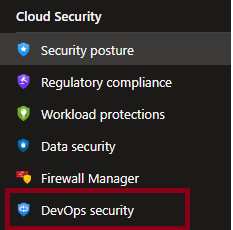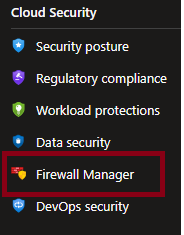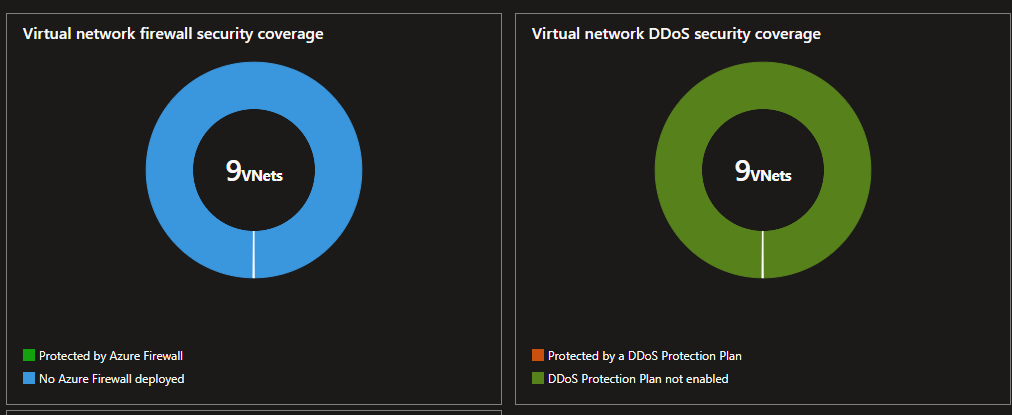CNAPP Solution: Microsoft Defender for Cloud
CNAPP (Cloud Native Application Protection Platform) is a term first coined by Gartner in 2021 as a unified security solution for the cloud.
What is CNAPP
CNAPPs are the leading edge of cloud security. A CNAPP unifies security and compliance capabilities to prevent, detect, and respond to modern cloud security threats from development to runtime.
Unique Attributes of CNAPPs
By bringing multiple cloud application security tools under a purpose-built umbrella, CNAPPs make it simpler to embed security into the application lifecycle while providing superior protection for cloud workloads and data. A CNAPP has several key capabilities that help you achieve that, including:
- Multicloud support
- “Shifted left” DevOps security management
- Comprehensive cloud workload protection
- Centralized compliance and permissions management
- Centralized Visibility and Prioritization
- Effective Threat Detection and Response
Core CNAPP Functions/Capabilities
CNAPP solutions capabilities are still evolving but at least have capabilities like cloud security posture management, cloud workload protection, DevOps security management, cloud infrastructure entitlement management, and network security.
Let's examine how Microsoft Defender for Cloud (MDC) aligns with the capabilities and functionalities of CNAPP.
- CSPM: Most cloud providers offer their own Cloud Security Posture Management (CSPM) solution. While some support multi-cloud environments, others are limited to a single cloud platform. A CSPM continuously assesses your overall security posture and gives security teams automated alerts and recommendations about critical issues that could expose your organization to data breaches. MDC has Security posture management capabilities so it satisfies the first requirement of CNAPP.


- CWPP: Cloud Workload Protection Platforms (CWPPs) offer real-time threat detection and response using the most up-to-date intelligence across all multicloud workloads. These include virtual machines, containers, Kubernetes, databases, storage accounts, network layers, and application services. CWPPs assist security teams in conducting rapid investigations into threats and shrinking their organization's attack surface. MDC has Workload protection capabilities so it satisfies the requirement of CNAPP.


- DevOps security: DevOps security management provides developers and security teams with a central dashboard to oversee security throughout all pipelines in the DevOps process. This enhances their capability to reduce cloud misconfigurations and inspect new code to prevent vulnerabilities from reaching production environments. Infrastructure-as-code scanning tools analyze configuration files from the initial development stages to ensure compliance with security policies. MDC has DevOps security capabilities so it satisfies the requirement of CNAPP.


- CIEM: A Cloud Infrastructure Entitlement Management (CIEM) solution centralizes permissions management across your entire cloud and hybrid infrastructure, mitigating the risk of accidental or malicious permissions misuse. It aids security teams in safeguarding against data leakage and uniformly implementing the principle of least privilege. This can be achieved by Microsoft Entra ID.
- CSNS: Cloud Security Network Solutions (CSNS) complement Cloud Workload Protection Platforms (CWPPs) by providing real-time protection for cloud infrastructure. A CSNS solution can encompass a diverse range of security tools, including distributed denial-of-service (DDoS) protection, web application firewalls (WAFs), transport layer security (TLS) inspection, and load balancing. MDC has Firewall Manager capabilities so it partially satisfies the requirement of CNAPP.


Available CNAPP solutions in the market
Microsoft Defender for Cloud is one of the CNAPP solutions in the current market. AWS has CloudGuard CNAPP. Lacework, a leading CNAPP provider, has announced an integration with Google Cloud Chronicle Security Operations. This integration brings CNAPP capabilities to Chronicle deployments.
I hope this information was useful. Feel free to reach out to me on Twitter @sakaldeep for any further questions.
